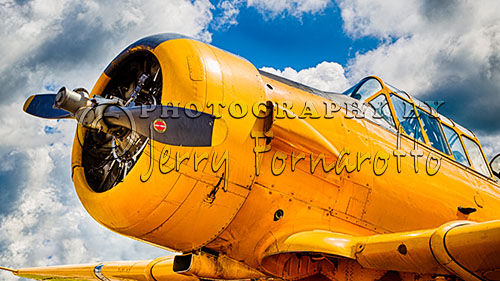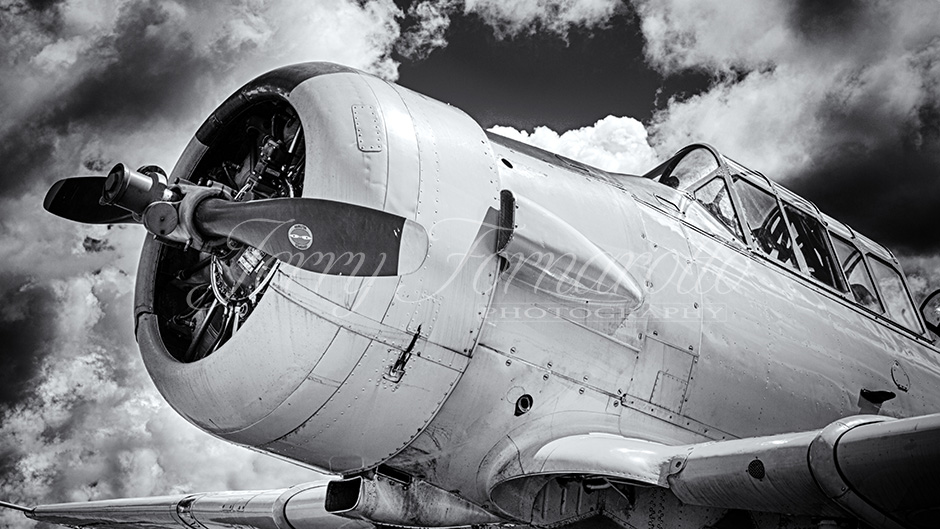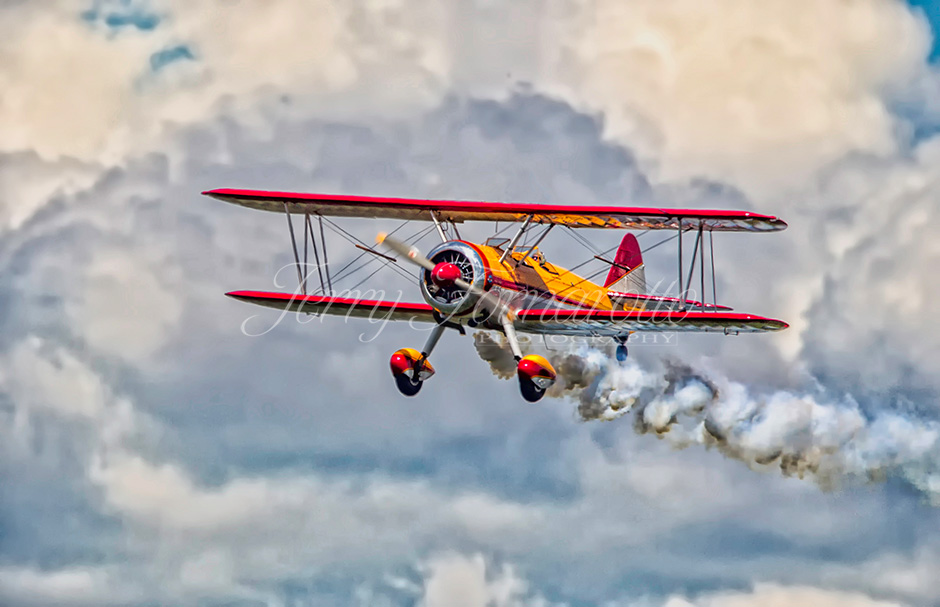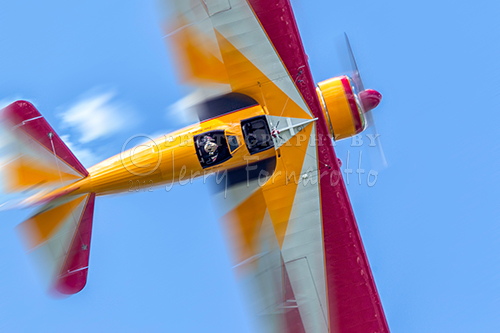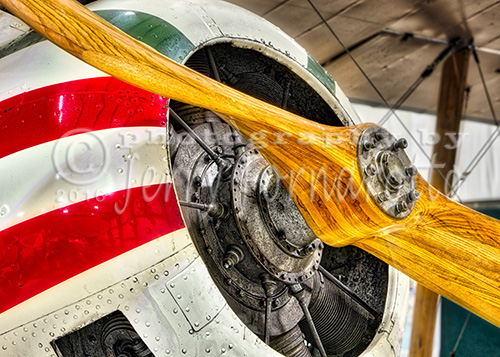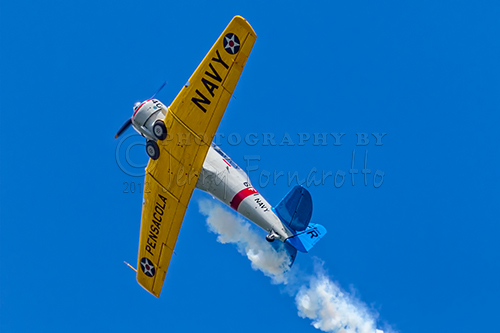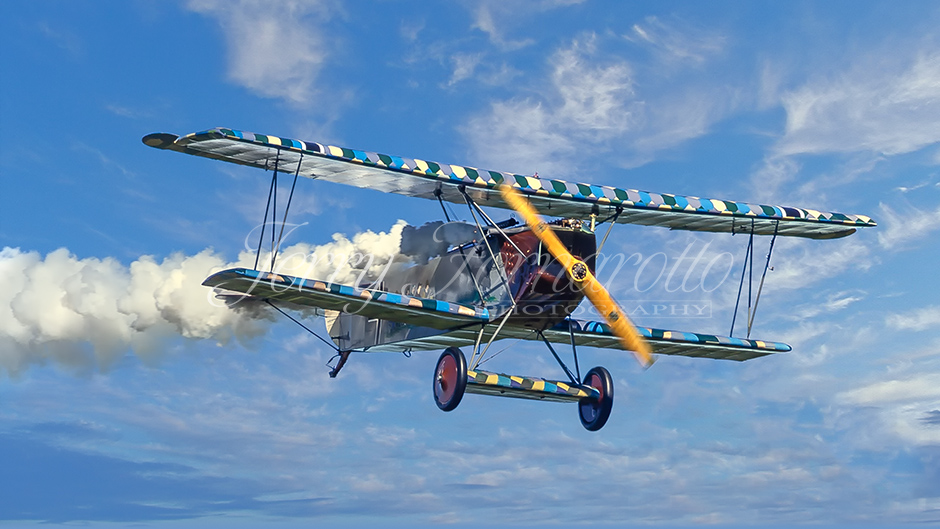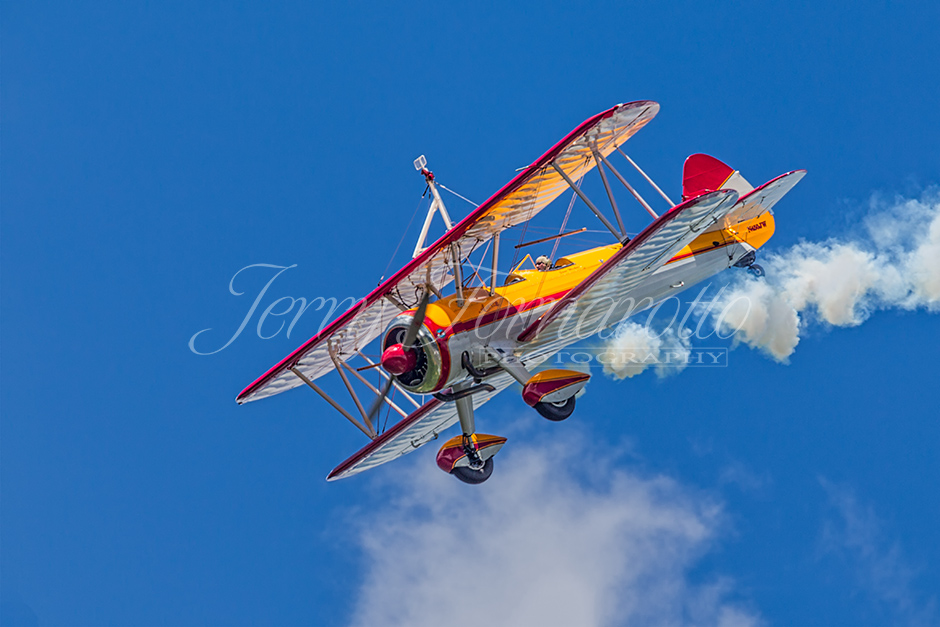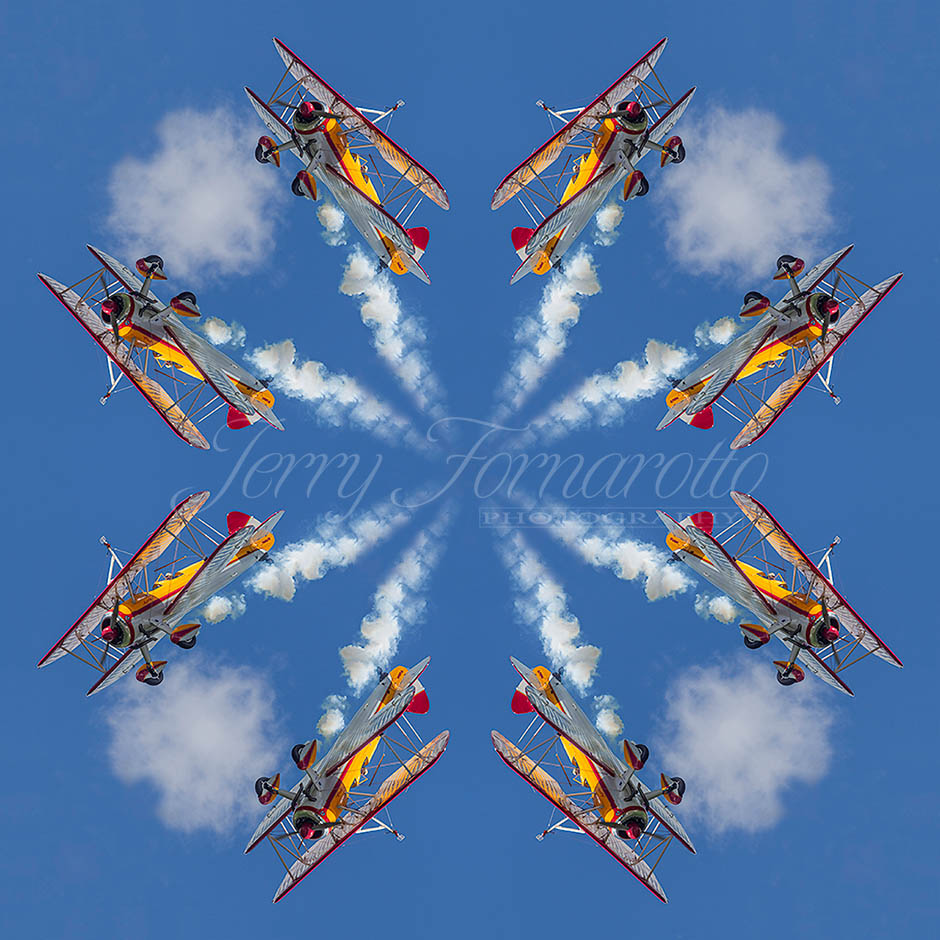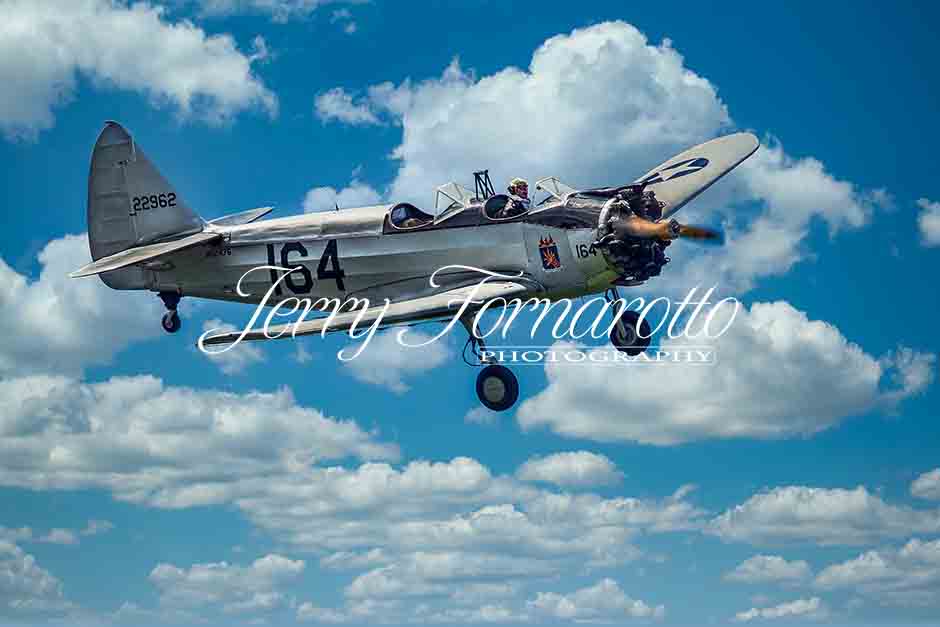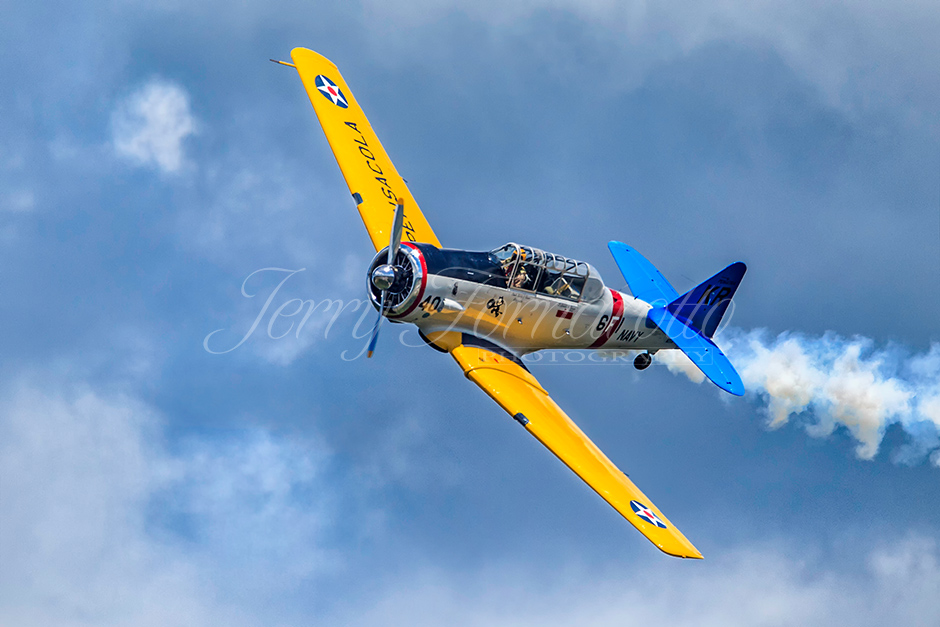Aircraft
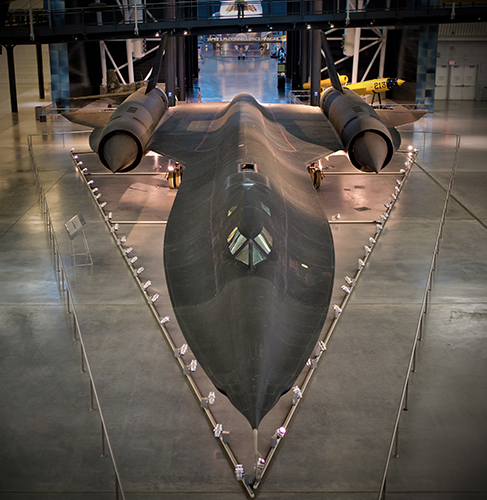
The U.S. Air Force from 1964 to 1998 used the Lochheed SR-7 Blackbird. A total of 32 planes were built. This two man supersonic plane can reach speeds over Mach 3 at an altitude of 80,000 feet.
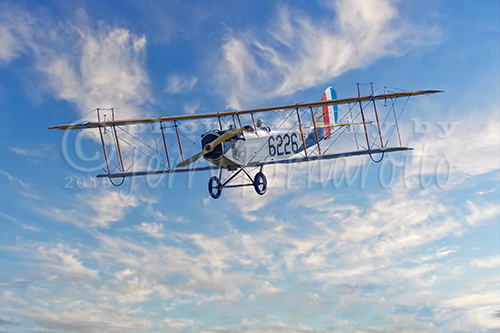
The Cutiss JN-4H, AKA Jenny, had a 180 HP engine with a wingspan of 43′ and 7″. This plane had a top speed of 75 MPH.
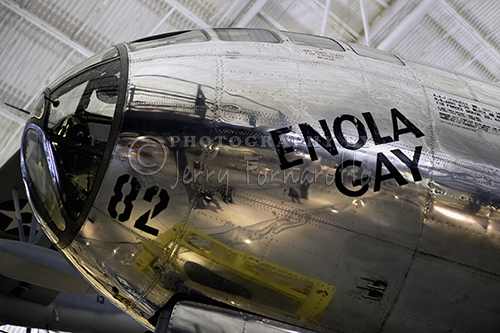
On August 6, 1945 the Enola Gay dropped the first atomic bomb. This Boeing B-29 Superfortress was piloted by Colonel Paul Tibbets. Tibbets name the plane after his mother. The Enola Gay is on display at the National Air and Space Museum outside of Washington D.C..
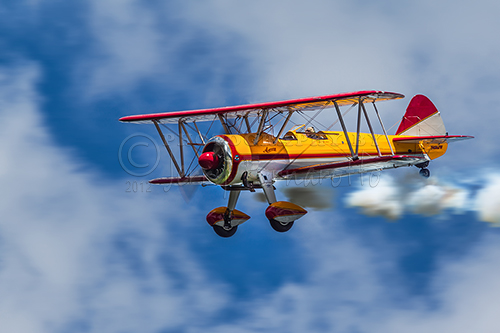
A common military designation was PT-17: “Primary Trainer”. Many World War II pilots got their first airplane ride in this aircraft.
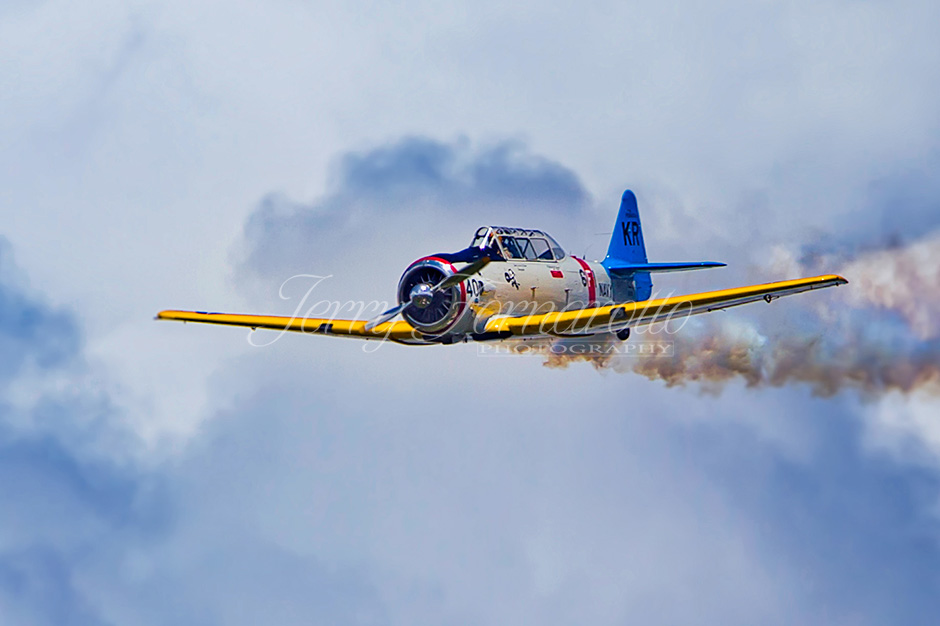
The North American Aviation T-6 Texan is an American single-engined advanced trainer aircraft used to train pilots of the United States Army Air Forces, United States Navy, Royal Air Force, and other air forces of the British Commonwealth during World War II and into the 1970s. The plane has a top speed of 208 mph and a wingspan of 42 feet.
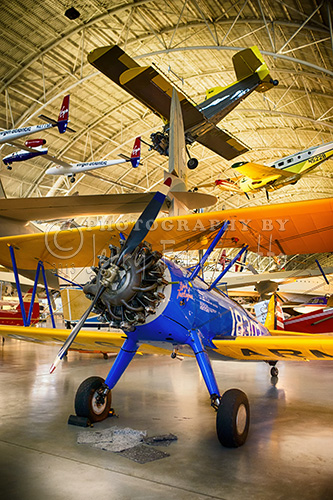
A photo of a trainer plane used by the Tuskegee Airman. Tuskegee airman used this plane during training at Moton Field, Alabama. This PT-13D Stearman is now on display at the National Air and Space Museum outside of Washington D.C..
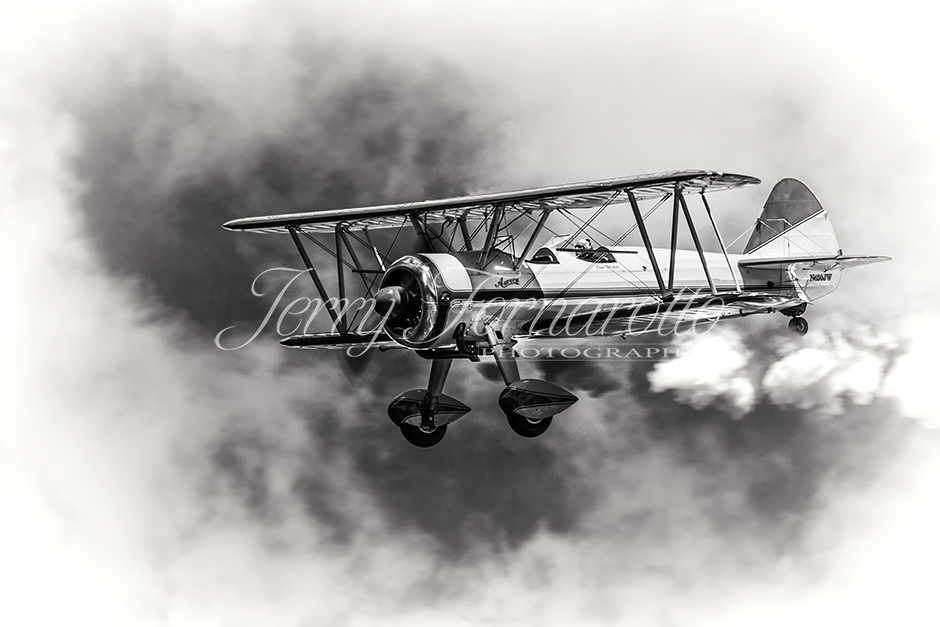
A common military designation was PT-17: “Primary Trainer”. Many World War II pilots got their first airplane ride in this aircraft.
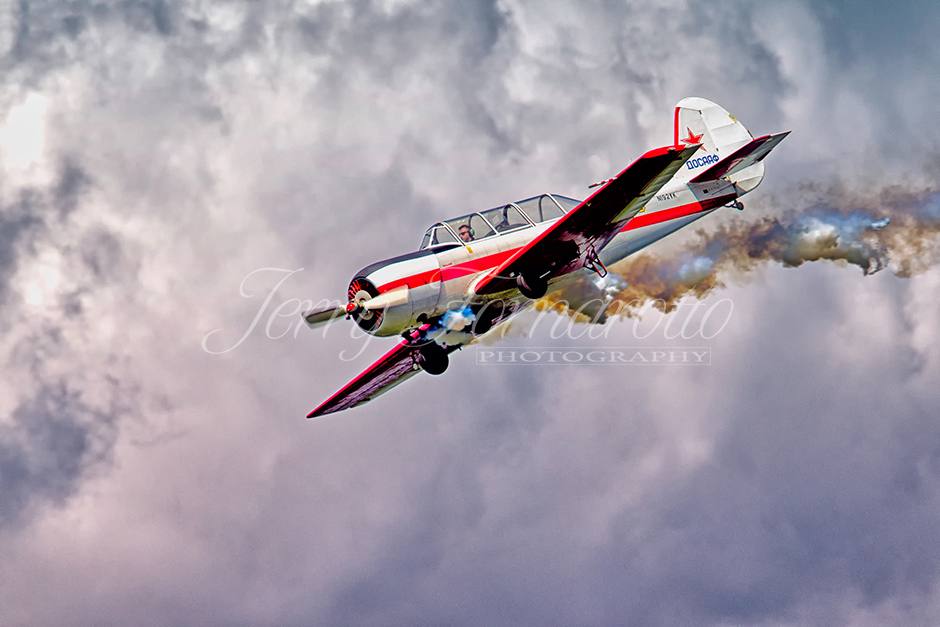
A descendant of the single-seat competition aerobatic Yakovlev Yak-50, the all-metal Yak-52 is powered by a 268 kW (360 hp) Vedeneyev M14P nine-cylinder radial engine.
